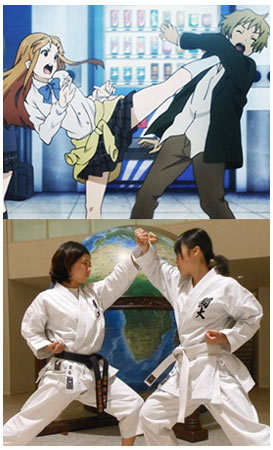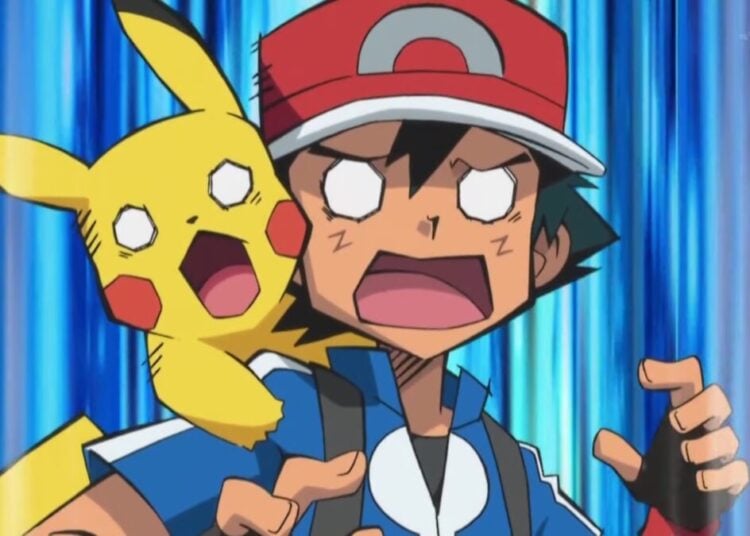I often write about a useful method for understanding Japan through the concept of kata, a word that can mean “mold” (to shape things), “model” (as in the model number of car), “type” (for classification, also used for blood type), as well as the customary postures taken in martial arts. In a wider sense, the word describes pre-defined social conventions that are an important part of living in society. When a Japanese person starts a new job or attends a wedding or joins a school club, there’s a pre-set list of social forms he or she can follow in order to ensure interactions go smoothly, and they usually do. A year ago the grandmother of Yasu, the J-List employee who keeps our site well stocked with artbooks, manga and Japanese study products, passed away, and it was absolutely required that my wife and I immediately make a visit to his home and offer our condolences in person, since we’re his employers. The idea of kata can take other forms, too. When the heavy concrete slabs in a tunnel in Yamanashi Prefecture collapsed, tragically causing the deaths of nine people last Sunday, I knew exactly that police would have to make a show of searching the offices of freeway operator NEXCO as well as the home of the company’s president for evidence of falsified inspections, all of which are pre-set social forms the police have to follow in a situation like this.

Understanding Japan in terms of kata is quite useful.














